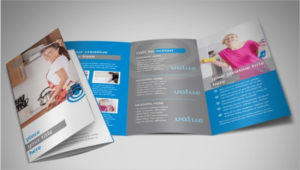We can provide customers with a comprehensive service, including the translation or localisation of the original content, proofreading in the target language and delivery back in its original format.
The service also includes checking and verifying the final page layout, ready for printing or publishing.
The applications we work with include Adobe FrameMaker, PageMaker, InDesign, Photoshop, Illustrator, QuarkXPress, and Microsoft Office Suite tools.
The DTP process, step by step
- Step one of the DTP process in a typical localisation project involves preparing the source layout files for processing through our CAT tool, SDL STUDIO, which is the Translation Memory tool we all use to ensure that content and coding which should not be altered in our clients’ files are protected during the translation process.
- Step two involves exporting the layout in the application’s native interchange format. This export does not include any text that is found outside the layout application (hidden text), such as text within graphics or other embedded objects.
- Step three involves identifying and manually extracting this “extra” text and ensuring that it is included in the project for translation. The prepared files are then analysed to prepare the quote, and then translated or localised by an expert specialist in the field.
- Step four: once translation and proofreading have been completed, the first three steps are reversed and the interchange format is imported back into the original layout application
- Step five: the finished “product” is tweaked and polished to ensure that it is impeccable and ready for publication, and delivered back to the client.
